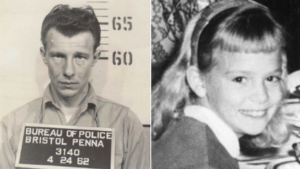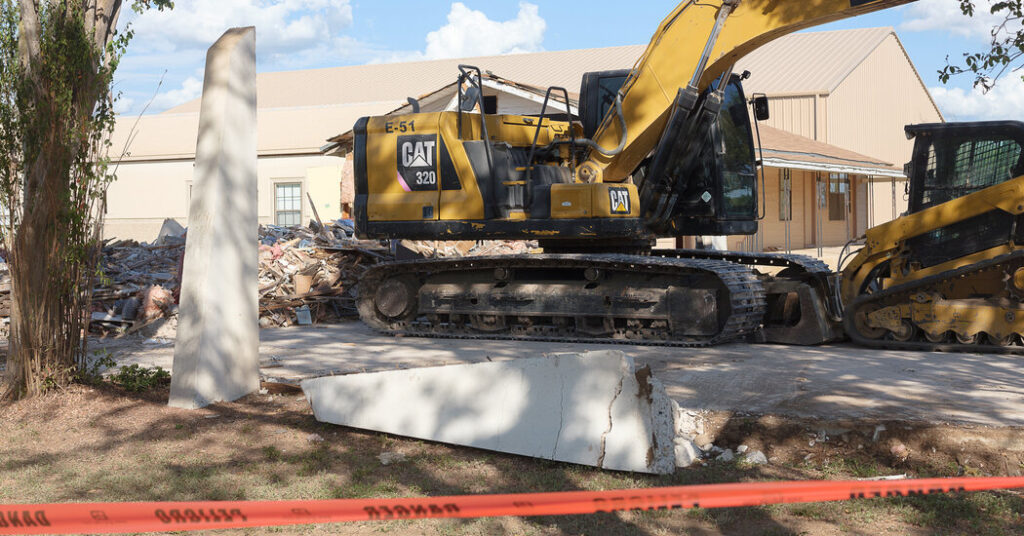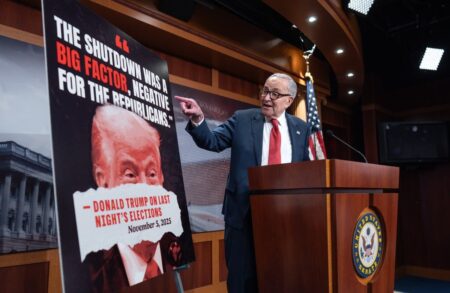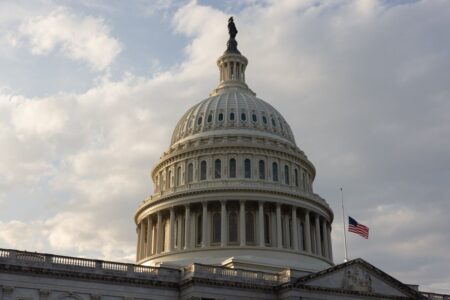Over the past seven years, Terrie Smith had often stopped to mourn at the small church in the town of Sutherland Springs, Texas, where a U.S. Air Force veteran gunned down 26 people, including her close friend and two of her friend’s children.
On Monday, when she saw an excavator at the site, her heart sank and her stomach tightened, she said. “They are going to demolish it,” she said.
Despite opposition from many in town, crews began tearing down First Baptist Church, a small sanctuary in the tiny hamlet 45 miles east of San Antonio that became the scene of one of the deadliest mass shootings in the nation’s history.
The fate of the building had remained uncertain as a battle over its future played out in the courts. Though a majority of church members had voted in 2021 to raze it, with church officials expressing concern for the 100-year-old building’s structure, others filed a lawsuit claiming that not all members had been allowed to cast votes and should be given the opportunity to have their say.
Early last month, a judge in Wilson County, which includes Sutherland Springs, granted a temporary restraining order halting the demolition. Only two weeks later, a different judge denied a request to extend that order, clearing the way to raze the church.
Lawyers representing the families who opposed the demolition did not respond to a request for comment.
Ever since the shooting, residents have debated whether to keep the original church as a memorial or to demolish it. (A new church, with two towers built of beige Texas limestone and seating about 500 people, was opened next door in 2019.)
“As long as they do a memorial and not just talk about it, that would be OK,” said Elisha Volkmann, 63, who works at the town’s Dollar General store.
Sutherland Springs is not alone in facing the predicament of what to do with the site of a horrific mass shooting. Other communities to have grappled with it in recent years include Newtown, Conn., where a gunman attacked a school, killing 26 people, most of them children; Pittsburgh, where 11 were killed at a synagogue; and Parkland, Fla., where 17 people were killed at a high school.
Some of the sites have been at least partially torn down in favor of memorials for the victims and survivors. Last year, officials broke ground for a new elementary school in Uvalde, Texas, where 19 children and two teachers were killed. The school district has announced plans to demolish Robb Elementary, the shooting site.
Still, the loss of the old First Baptist Church was personal for Ms. Smith and many others in Sutherland Springs.
“We knew it was going to happen, but we did not know when,” Ms. Smith said. “You would go there, and you would feel their spirits. It was a place to remember and pray for them.”
On Nov. 15, 2017, Devin Patrick Kelley walked into a Sunday service at the church and fired at the parishioners. The victims ranged in age from 5 to 72 and included a pregnant woman and the pastor’s 14-year-old daughter. A neighbor shot the gunman twice as he left the church. The gunman jumped into his car and led the neighbor and another man in a chase before crashing. He was found dead behind the wheel, a result of a self-inflicted wound.
Ms. Smith said that locals like her were able to visit the church if they asked for permission in advance. She often stood by the spot where her close friend, Joann Ward, 30, and two of her children took their last breaths.
“She was like a daughter to me,” she said. One of Ms. Ward’s surviving daughters, now 15, spends summers at her house, she added.
Later, she collapsed on her kitchen table and relived the last day she saw the friend she had known for 10 years. Ms. Ward, she said, had offered to skip church that day to help her with chores. “‘I don’t have to go to church,’” she recalled Ms. Ward as saying. “‘I can go help you.’”
Ms. Smith said she had replied, “No, mija, go to church.”
Read the full article here














